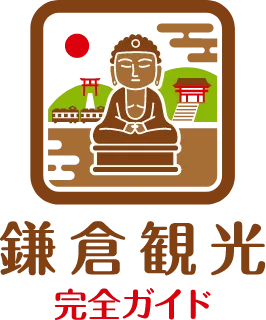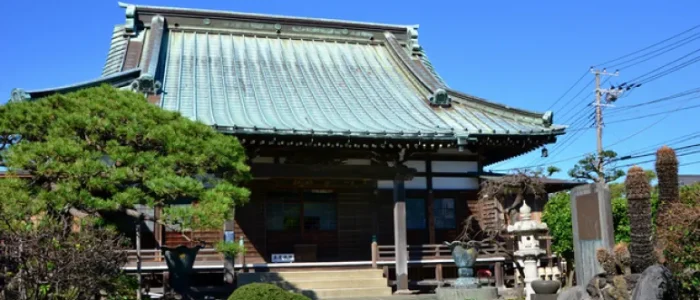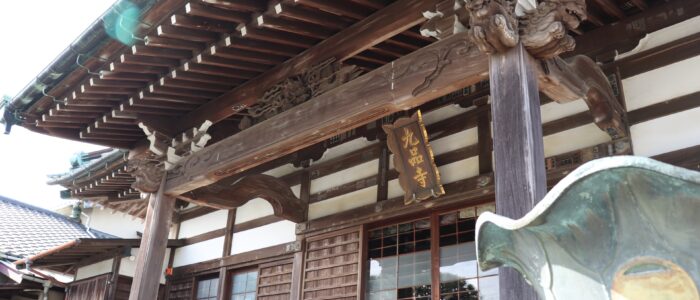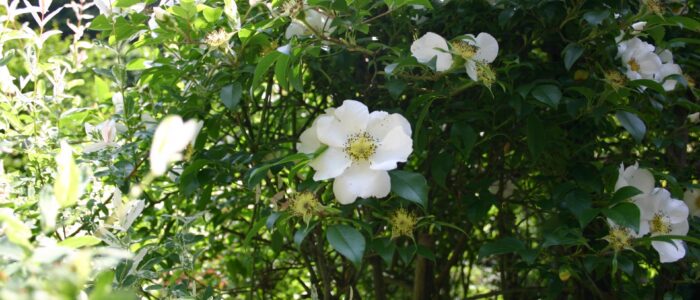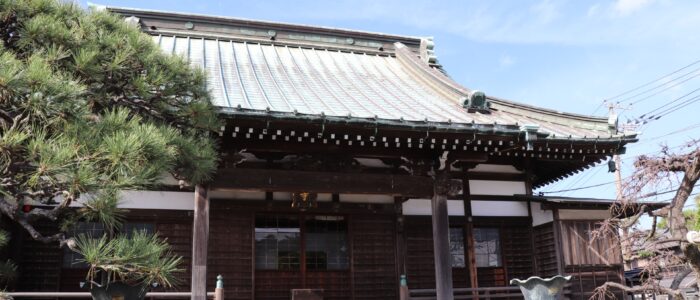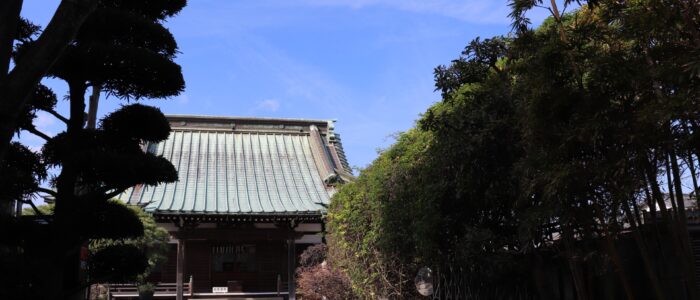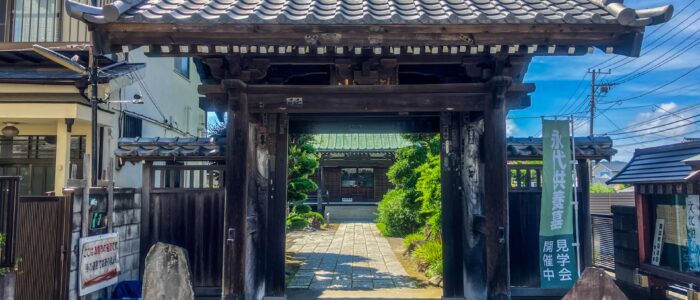Kuhon-ji Temple (九品寺)
Discover Kuhon-ji Temple (九品寺)
Kuhon-ji Temple was founded in the mid-14th century by Nitta Yoshisada (新田義貞) in the Zaimokuza area, where he had stationed his troops during his campaign to capture Kamakura. His aim was to create a sacred space to console the souls of the fallen from both sides, embodying the Buddhist ideals of compassion and reconciliation. This is the only temple Yoshisada established in Kamakura, making it an emotionally and historically significant site.
When Is the Best Time to Visit?
The temple’s flowering quince (boke) draws visitors in late March to early April, blooming in vivid pink, red, and white. Seasonal flowers like plum blossoms, magnolias, Naniwa roses, confederate roses, and Chinese trumpet vines offer changing scenery throughout the year. Visiting during quiet hours in the morning, especially if staying at Tosh’s Place (トシズプレイス), allows for a peaceful and reflective experience, beyond what day trips can offer.
Photo Highlights and Must-See Spots
The temple gate and main hall display traditional Japanese architecture, with ornate wooden carvings such as kibana (elephant trunk-style beam ends). A wooden plaque inscribed with “Kuhon-ji,” believed to be handwritten by Nitta Yoshisada, is preserved inside the main hall. From the rear hillside, visitors can look out toward Tsurugaoka Hachimangu Shrine (鶴岡八幡宮), evoking a sense of the historical battlefield. Quiet corners with bamboo groves, stone Buddhas, and Jizo statues provide excellent photo opportunities.
Embrace the Quiet Hours of Morning
The temple grounds are best enjoyed in the stillness of early morning. With birdsong and the gentle sea breeze from nearby Zaimokuza Beach, the atmosphere invites inner calm. Guests staying at Tosh’s Place (トシズプレイス) can easily incorporate a visit before breakfast, thanks to its walking access.
How to Get There from Tosh’s Place (トシズプレイス)
From JR Kamakura Station, the temple can be reached via a short bus ride or about 20 minutes on foot. Get off at the “Kuhon-ji” stop and the temple is just steps away. It is open daily from 9:00 to 16:00, with free admission by donation. A few free parking spaces are available. If you’re staying at Tosh’s Place, the route doubles as a scenic beachside walk.
Wrap-Up: A Spiritual and Local Way to Experience Kamakura
Kuhon-ji Temple blends history, religion, art, and nature into one deeply meaningful site. Its connection to Nitta Yoshisada (新田義貞), rare architectural features, and role as the 16th temple on the Kamakura 33 Kannon Pilgrimage make it a rich and multifaceted destination. Staying at Tosh’s Place allows for a self-paced, immersive exploration, bringing out the contemplative charm of this lesser-known gem in Kamakura.
